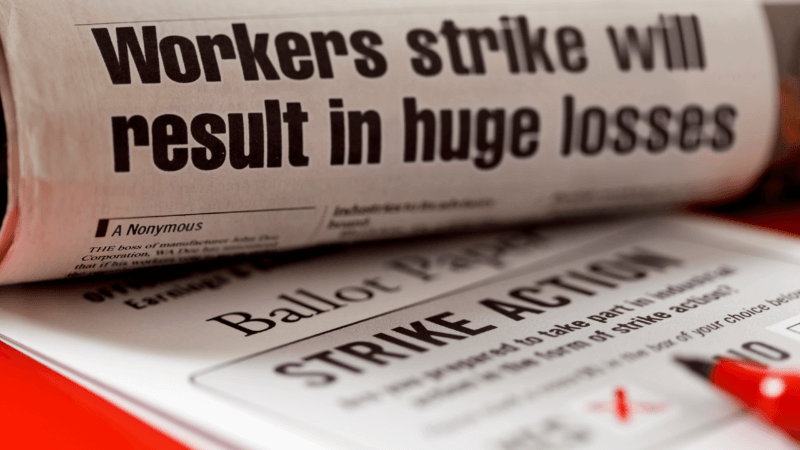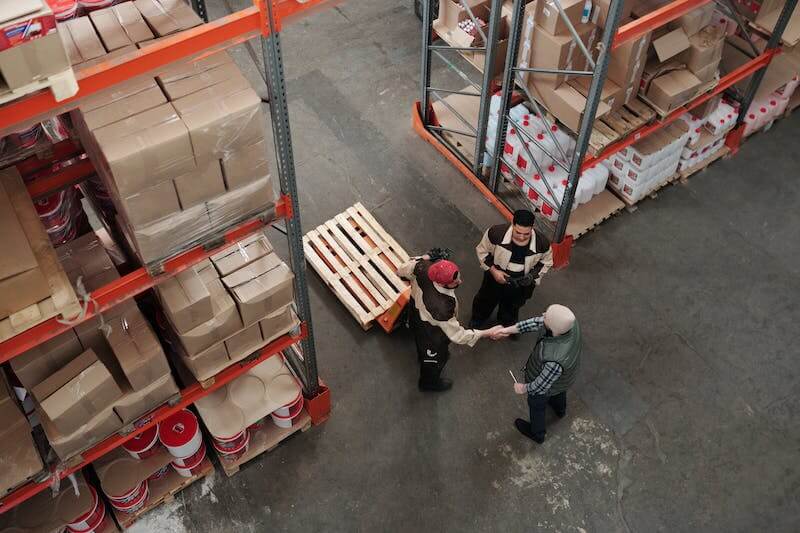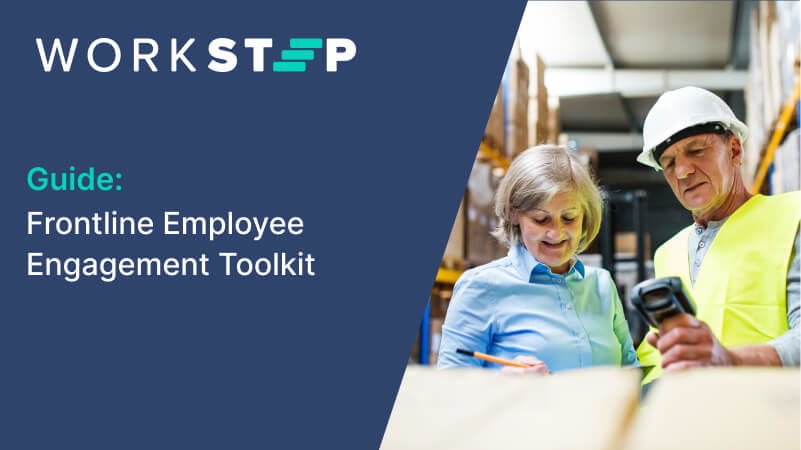Striketober may sound like the title of the next Star Wars movie, but unfortunately, this is a real-life situation that has had a global impact, especially on the supply chain.
If you’re not familiar with the term, it was coined after a massive surge in U.S. labor strikes this past October. Workers demanded better working conditions, more benefits, and increased wages. One of the industries seeing the highest number of strikes is manufacturing, including notable companies such as Kellogg, Nabisco, and John Deere.
According to data collected by the School of Industrial and Labor Relations at Cornell University, employee strikes jumped over 150% in October compared to the previous three months. The average number went from 10,000 to more than 25,000 employees.
Let’s look at the main factors fueling this increase in labor activism.
How the pandemic changed working conditions
When COVID-19 hit the U.S. at the beginning of 2020, many businesses shifted to a remote or hybrid model or shut down completely to protect their employees from the virus. But most manufacturers were suddenly considered “essential workers,” and required to continue performing their jobs in person with no additional compensation.
Just showing up to work every day became a health risk for employees and their families. COVID protocols were put in place, but not always enforced, leaving workers feeling unsafe in their work environments.
Due to additional pandemic challenges, such as lack of childcare or needing to quarantine, companies saw a higher rate of absent employees. This, paired with the increased demand for supplies, led to a push for workers to put in more overtime, which was only exacerbated by the global supply chain problems in recent months.
With workers stretched so thin, burnout and low job satisfaction were inevitable.
New labor laws empower workers
When President Joe Biden took office, he quickly moved forward on many campaign promises focused on organized labor. Replacing members of the National Labor Relations Board and policies passed under his administration encourage workers to organize and collectively bargain with employers.
New Federal Labor Laws promote union memberships in an effort to help give employees a voice. This renewed support of laborers over businesses and union-friendly messages not only prompted employees to take action, but gave unions more leverage to endorse strikes.
A different job market pays the way for strikers
Workers strike to improve their working conditions, including their wage. But the small fund unions have to pay those on strike doesn’t come close to their typical earnings, and certainly couldn’t cover monthly bills. This makes it difficult for employees to stay on strike for an extended amount of time.
However, recent labor shortages have actually helped close this pay gap. With companies in a scramble to hire staff, people on strike can easily secure a temp job to compensate for the lost wages. This allows them to continue advocating for a better workplace environment.
As a result, labor strikes are anticipated to continue rising well into 2022.
So what can companies do to help prevent labor strikes? First thing is finding a solution that allows employees to feel heard. Gathering real-time anonymous feedback that allows leadership to immediately take action creates a company culture where workers know they are valued and supported.
WorkStep RETAIN is a workforce retention software that gives frontline workers a voice by automatically checking in at key milestones in their employment journey. These insights are immediately surfaced to management so improvements can be made, ultimately increasing employee satisfaction.
Want to learn more about how WorkStep RETAIN can help your company avoid another Striketober? Contact us today for a free consultation.
Tune into your frontline with WorkStep
With the frontline employee engagement platform that delivers the real-time insights you need to take action, retain your workforce, and drive your business forward.
Kristina Finn, Content Marketing Manager | kristina@workstep.com



